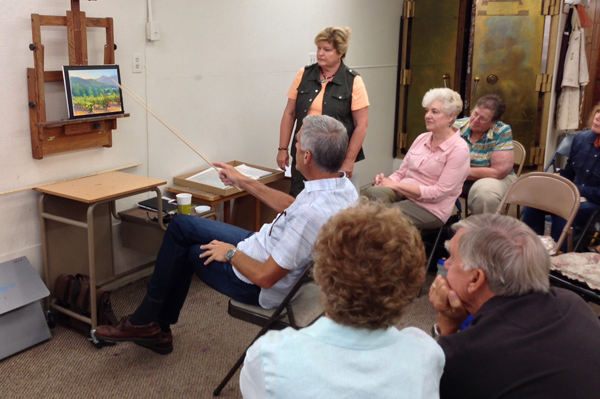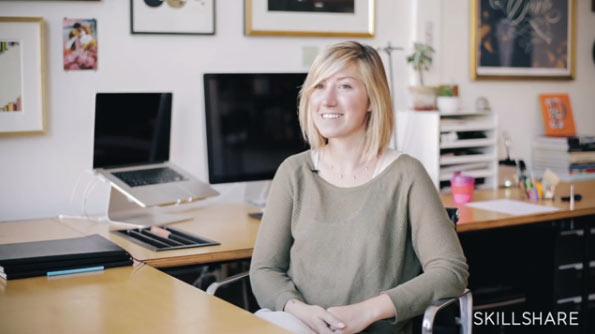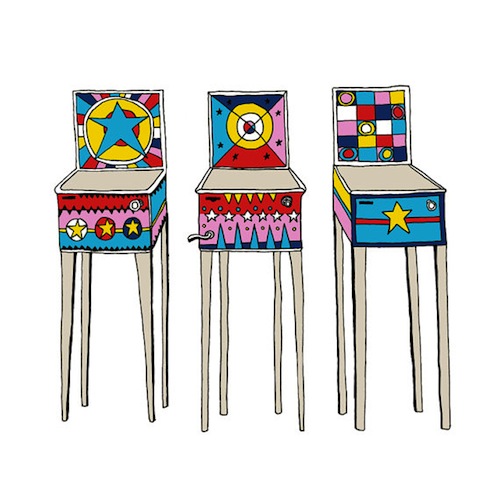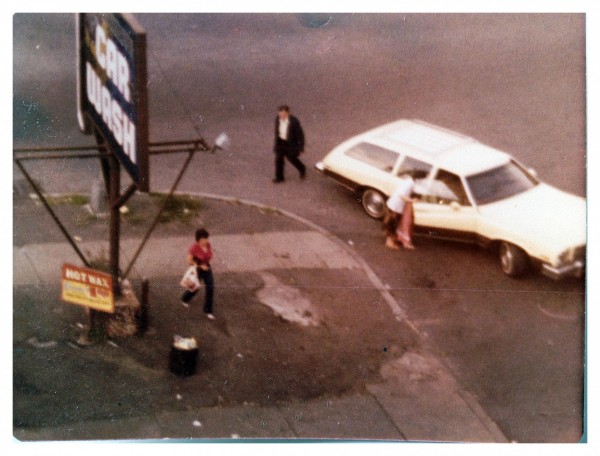The Importance of Art Critiques | 4 Tips for Receiving Feedback

A candid shot during critique day, offered in my weekly masters class.
- Spend time contemplating what you really hope to gain from the critique. This is where personal introspection will be useful. Most of us try very hard. We put the total sum of our abilities into every painting. What we often hope for is more of a validation of those efforts than a brutal, sometimes seemingly callous evaluation of what is technically wrong.
- Know what you like about your painting before asking for criticism. The better you know what it is you like or dislike before receiving criticism, the better able you will be to put it into perspective. Listen to what is said, make sure it applies, and then ask yourself: Do I think it would be better changed or do I like it just the way it is? Remember; it doesn’t have to become an argument to win the critic over to your side. It is just their opinion.
- Seek peers whenever possible. The more respect you have for the critic, the easier it is to accept. Evaluate the critic by studying his or her works. Attempt to understand his or her biases. We all have them. Some of us are technical absolutists and others celebrate the breaking of rules.
- Don’t discredit positive feedback. It is often easier for us to accept negative criticism. When I praise a student, they frequently respond, “Well, I didn’t know what I was doing and I couldn’t do it again.” When a negative comment is given they respond with, “I knew I didn’t know what I was doing. I am so stupid.”
MORE RESOURCES FOR ARTISTS

• NEW! Successful Pastel Portraits with Alain Picard Value Pack is on sale now!
• Subscribe to Pastel Journal magazine
• Watch pastel art workshops on demand at ArtistsNetwork.TV
• Get unlimited access to over 100 art instruction ebooks.
SOURCE: Artist's Network - Read entire story here.
Read More





































